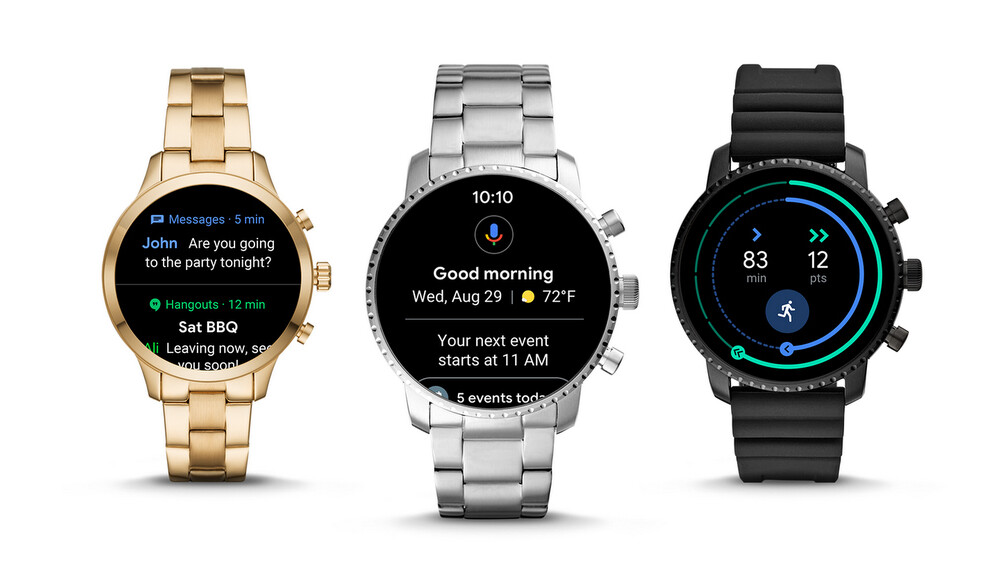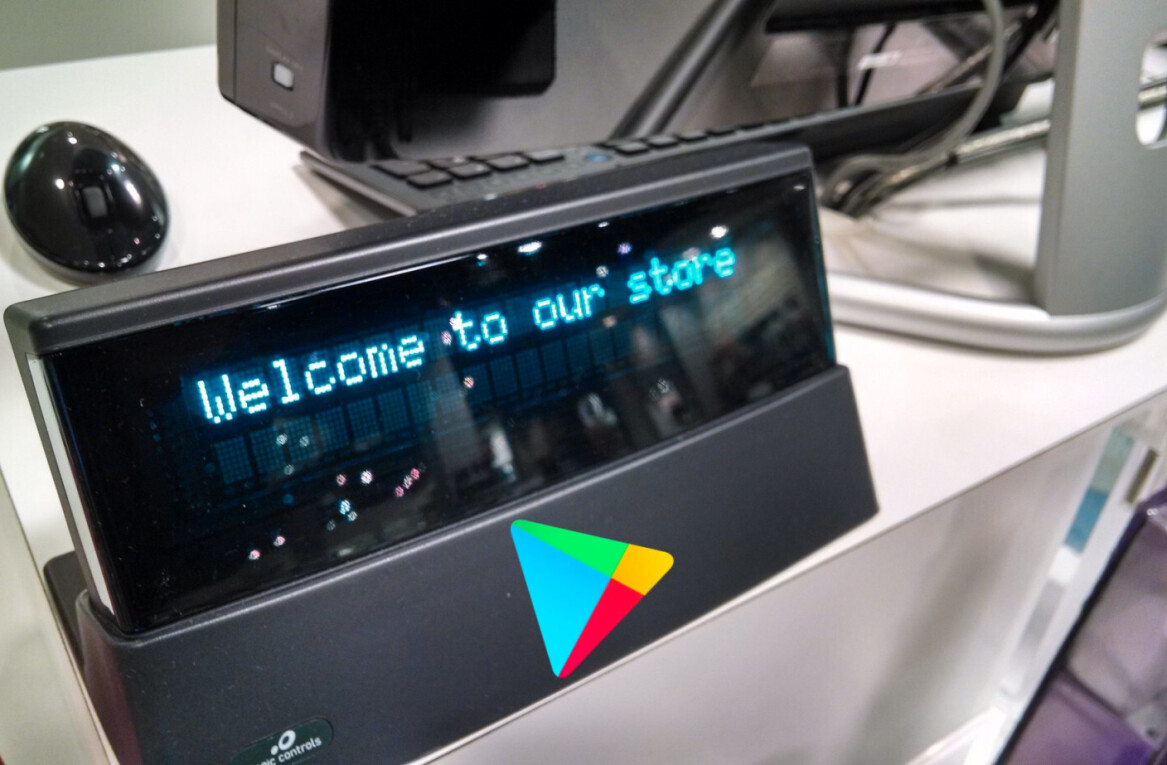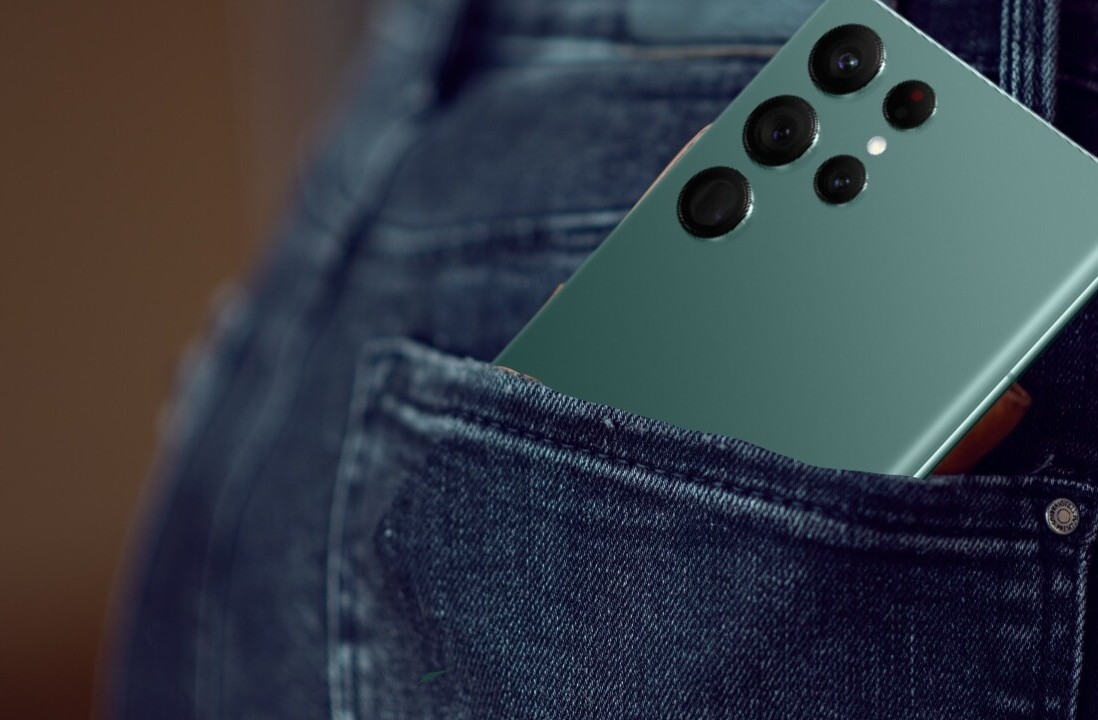
Smartwatches were once the Next Big Thing of tech, but after a few years on the market, their adoption has been somewhat underwhelming – especially among the Android crowd. The biggest reason for this is possibly lackluster battery life, but that may soon start to change thanks to Qualcomm’s latest wearable chipset.
Snapdragon Wear 3100 will replace the existing 2100 unit that’s basically ubiquitous among devices running Wear OS (formerly known as Android Wear). Though it won’t bring much in the way of a speed boost – not a priority on a wearable device anyway – it promises major improvements to battery life.
While the main processor is basically the same, there’s a new and improved “ultra-low power” co-processor – affectionately dubbed QCC1110. This one handles the things your watch does when you’re not actively using it, such as display the time, listen to voice commands, or track your heart rate.
Those may not sound like a big deal, but Qualcomm says people only actively use their watches about five percent of the time they’re wearing it. Clearly, optimizing power during these situations is paramount. On the whole, Qualcomm claims that Wear OS devices will be able to get 4 to 12 additional hours of use compared to the previous generation.
The more efficient chip also enables new tricks for Wear OS devices:
- Unlike the Apple Watch, Android devices have an Ambient Mode that shows information at all times – no need to flick the wrist or tap the screen. The 3100’s Enhanced Ambient Mode lets the screen display a smooth second hand, up to 16 colors, live complications, and improved brightness when you’re not actually using the watch.
- Improvements to sports-related features allow you to run, bike or swim long distances with GPS and heart rate activated (without totally draining your battery). Qualcomm says a watch with a 450mAh battery should last 15 hours with GPS and heart rate monitoring on.
- A ‘Traditional Watch Mode’ turns off smart features to let your device last an entire week with only 20 percent battery remaining, which is particularly useful if you want to travel without worrying about packing a charger or having a dead brick on your wrist.
If the improved battery life holds up in the real world, it means future Wear OS devices should be able to get you through a day or two while cutting you some slack if your forget to charge overnight. Alternatively, it also opens the doors for fashion brands to make slimmer and lighter devices with the same battery as today’s watches.
We should start seeing the first Snapdragon 3100 devices later this year.
Get the TNW newsletter
Get the most important tech news in your inbox each week.





